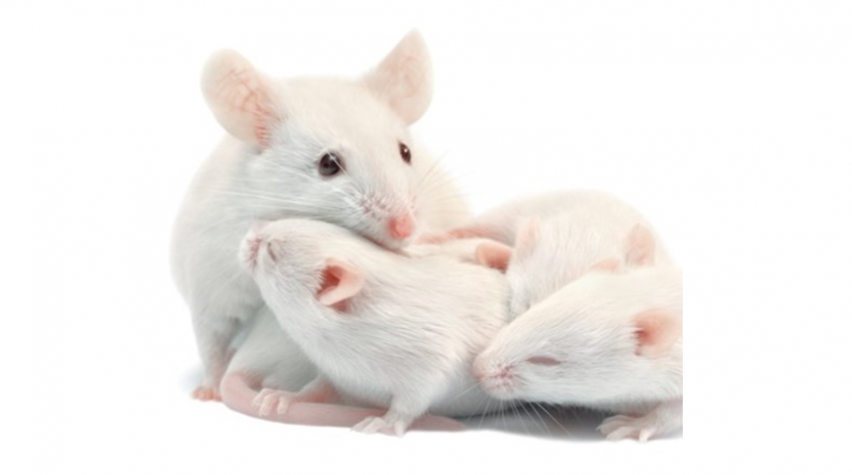

For young women facing a cancer diagnosis, the fear of chemotherapy-induced sterility motivates many to seek fertility-protective measures. Current methods of fertility preservation, such as in vitro fertilization (IVF) followed by embryo cryopreservation, require a delay in cancer treatment and may increase the risk of reintroduction of cancer cells to the patient upon transplantation. An innovative technique for in vitro culture and maturation of ovarian follicles holds promise for treating infertility in the near future.
Novel 3D culture systems
A team led by Dr. Lonnie Shea from Northwestern University has pioneered the development of three-dimensional culture systems that promote the growth of early-stage ovarian follicles and produce fertilizable oocytes for in vivo transplantation. Ovarian follicles are spherical agglomerations of cells that contain a single oocyte (an immature egg). Human ovaries contain thousands of follicles. The healthy growth and maturation of the follicle is necessary to produce a fertilizable egg for reproduction. In Shea's previous study, oocytes from immature mouse follicles encapsulated in these three-dimensional culture systems were grown, matured, and fertilized, which resulted in the live birth of viable, fertile offspring. The in vitro follicle growth (IVFG) system mimicked the in vivo process by providing follicles with appropriate growth factors and hormones, in the correct amount, at the right time, which stimulated development of the follicle and oocyte. Small changes in conditions such as temperature precipitated a fake ovulation in which the oocyte would spill out of the follicle. In the mouse study, fertilization of this oocyte occurred in vitro.
A solution to infertility
In one of Shea's more recent studies, ovary tissue was removed from 14 female cancer patients, aged 16-39 years, seeking fertility-sparing options. Immature follicles that contained a clear, visible, centrally located oocyte were encapsulated in either an alginate bead or embedded into diluted Matrigel matrix and cultured for up to 30 days. Both alginate and Matrigel environments supported follicle growth without significant differences.
The goal of this study was to mature the ovary's oocytes in vitro (as was done in the mouse study). The results were very promising, with the follicles grown in vitro showing healthy development. More importantly, the terminal size of the oocytes grown in vitro was indistinguishable from oocytes extracted from in vivo matured follicles. This study also lent insight into the causes of polycystic ovary syndrome (PCOS). In normal development, follicles move from the outer surface toward the inner portion of the ovary, where most of their growth occurs. In a polycystic ovary, the follicles become lodged against the ovary wall and are unable to move toward the center, which prevents oocytes from maturing and leads to infertility. Shea theorized that growth and development of follicles is highly dependent on their physical surroundings. The flat surface of the ovary wall is not as conducive to growth as the environment at the ovary's center (an environment replicated by Shea's 3D culture systems). Results from this study may ultimately lead to novel fertility preservation options for women seeking to protect their reproductive potential.



